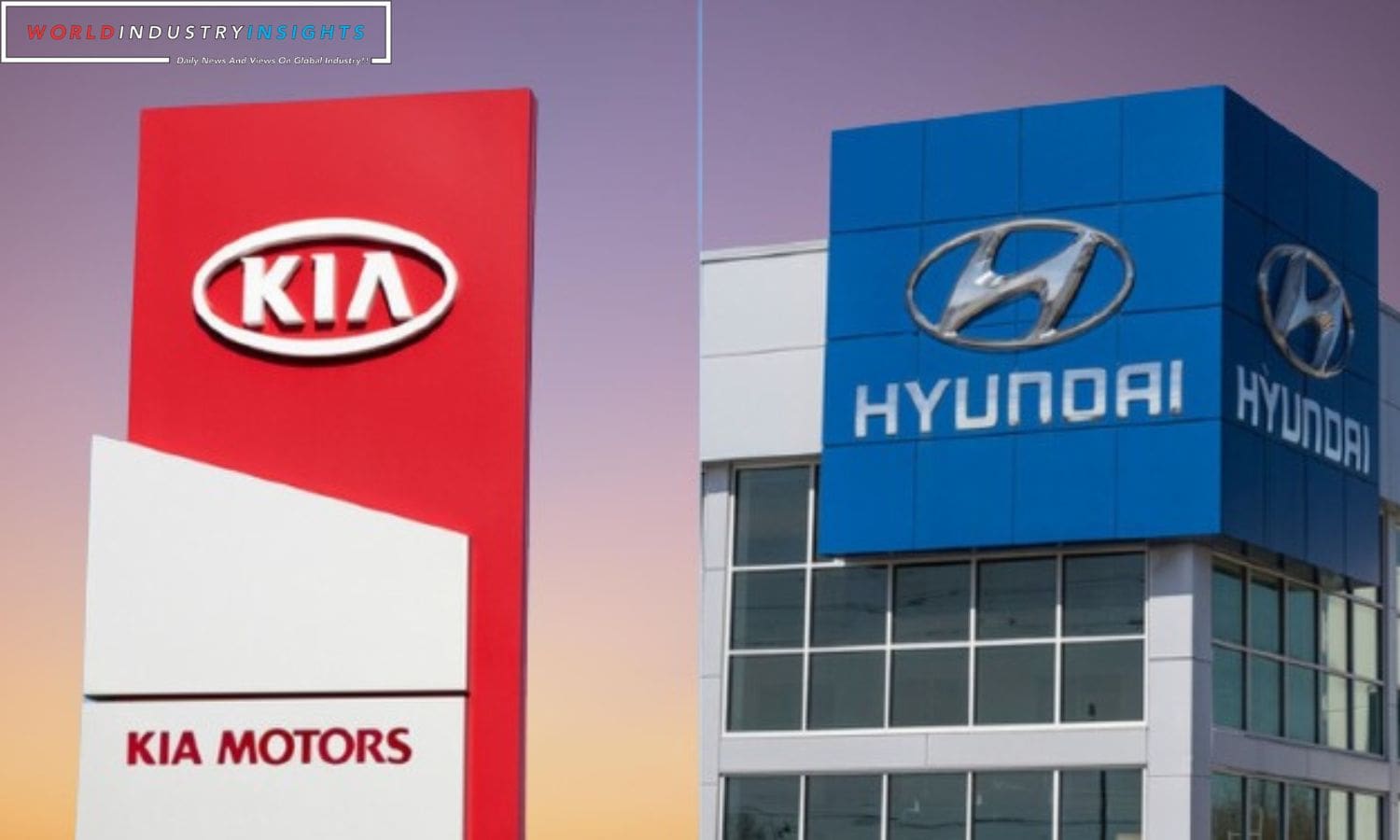Hyundai And Kia: In a twist of events, U.S. auto safety watchdogs are turning the spotlight on Hyundai and Kia. The two Korean automakers are under investigation for 16 recalls impacting a whopping 6.4 million vehicles, all tied to brake fluid leaks that could potentially spark fires. This isn’t the first rodeo for these automakers, grappling with recurring issues since 2016, and now, the National Highway Traffic Safety Administration (NHTSA) is on the case.
The NHTSA’s audit query is like a magnifying glass over Hyundai and Kia’s decision-making on defects, questioning their adherence to reporting requirements. The focus? Understanding the nuances in defect descriptions and remedies across these numerous recalls. It’s a regulatory deep-dive that raises crucial questions about the timeliness of addressing safety issues.
Hyundai, in its response, stresses full cooperation with the NHTSA, championing the safety of customers and employees. Kia follows suit, committing to close collaboration during the review. But, let’s not forget, this is hot on the heels of their September recall affecting a whopping 3.37 million vehicles, where engine fire risks led owners to park their rides far from structures.

Also Read: Hyundai And Kia Recall: 3.4M Cars, Urging Drivers: Park Safely Outside
problem? Internal brake fluid leaks – a pesky issue that, when left unattended, can cause electrical shorts, possibly resulting in fires. Numbers tell the story – Hyundai reported 21 fires and 21 other incidents since 2017, while Kia confirmed at least 10 fires and melting incidents. The blame game centers on brake fluid leaks in the Hydraulic Electronic Control Units (HECU) and antilock braking system (ABS) modules.
This investigation is more than just another bureaucratic check. It’s a reminder of Hyundai and Kia’s rocky compliance history in the U.S. market. The $210 million civil penalty in 2020 for delayed recalls and inaccurate information still echoes. Now, as the regulatory magnifying glass hones in, questions about safety measures and the automakers’ responsiveness resurface.
For the broader automotive industry, this is a critical juncture. Millions of vehicles are on the road, and the outcome of this investigation could redefine safety standards. Hyundai and Kia are on the hot seat, but the repercussions could extend well beyond, prompting a broader reevaluation of safety practices in the automotive realm.
Our Reader’s Queries
What is the recall on Kia Hydraulic Electronic Control Unit?
Over 3 million Kia and Hyundai vehicles are being recalled due to safety concerns. Kia is recalling 1,730,192 vehicles because of a potential electrical short in the Hydraulic Electronic Control Unit (HECU), which could lead to an engine compartment fire. Meanwhile, Hyundai is recalling 1,642,551 vehicles due to an issue with the Anti-Lock Brake System (ABS) module. These recalls highlight the importance of addressing potential safety hazards in vehicles to ensure the safety of drivers and passengers.
Does Kia and Hyundai use the same parts?
Despite being separate brands, Hyundai Motor Company holds the largest stake in Kia Motors with 33.88 percent ownership. As a result, both brands source many of their parts from the same suppliers, including some that have been identified as potential fire hazards.
Are Kia and Hyundai engines interchangeable?
Absolutely! While it’s true that major components can be tailored to suit specific needs, it’s worth noting that Hyundai, Kia, and Genesis are all part of the same Hyundai Motor Group. As a result, they often collaborate on engineering platforms and components, which can be shared across all three brands.
What is hydraulic electronic control unit?
The HECU controller, also known as the Hydraulic Electronic Control Unit, is a crucial component of a car’s anti-locking system (ABS). It connects to each wheel’s drag wheel cylinder through the brake pipe, ensuring smooth and safe braking. Its importance cannot be overstated, as it plays a vital role in preventing accidents and ensuring the safety of drivers and passengers.

